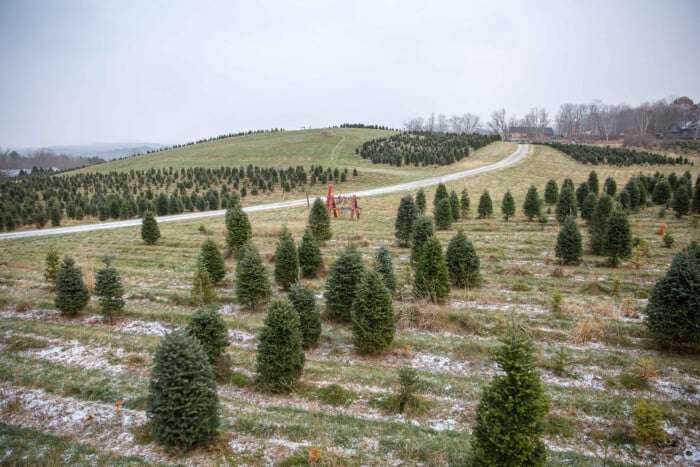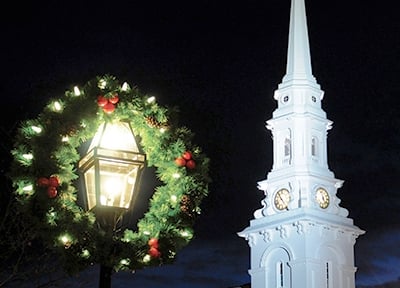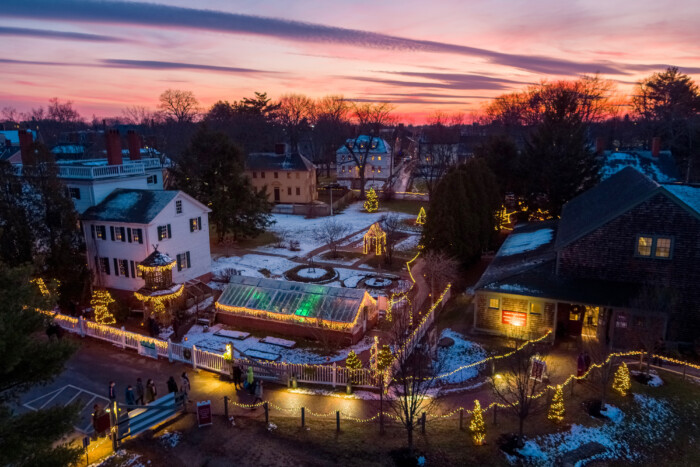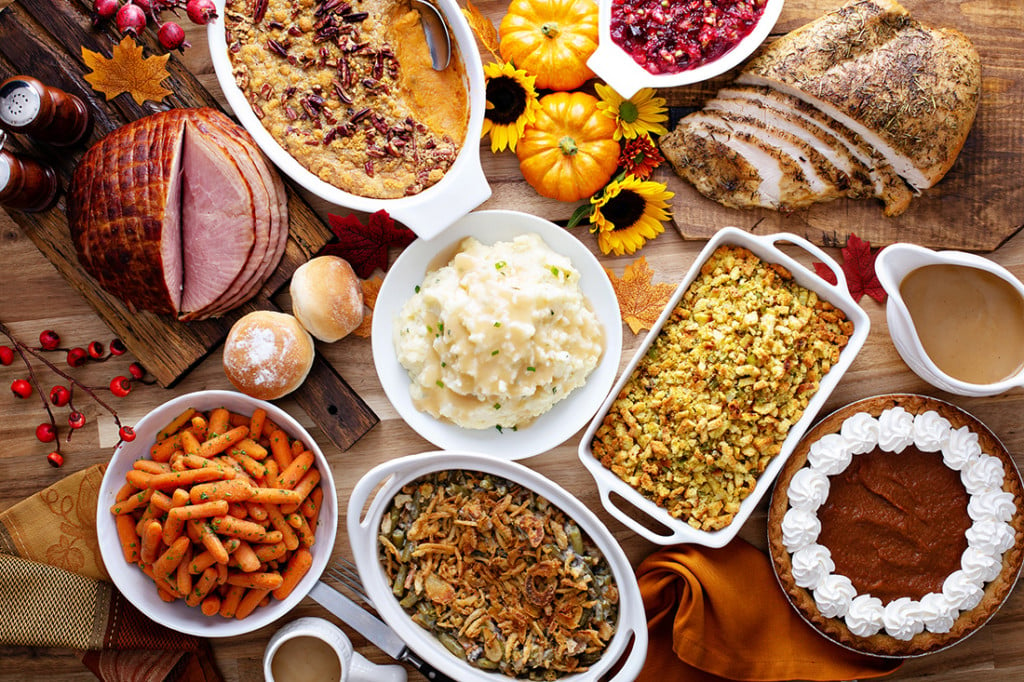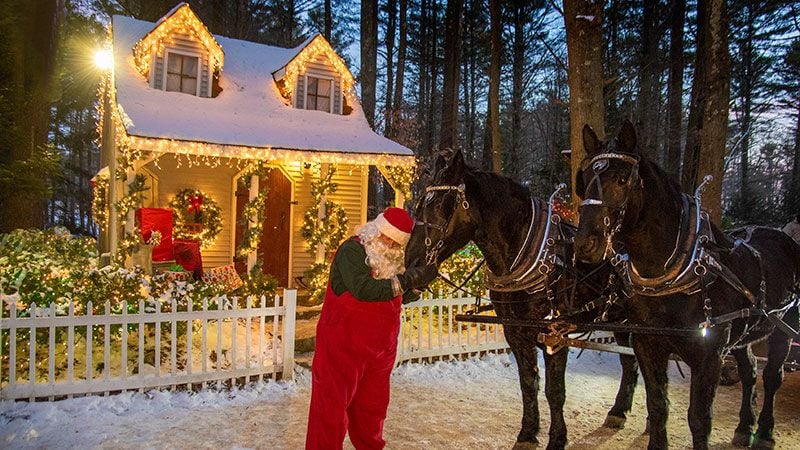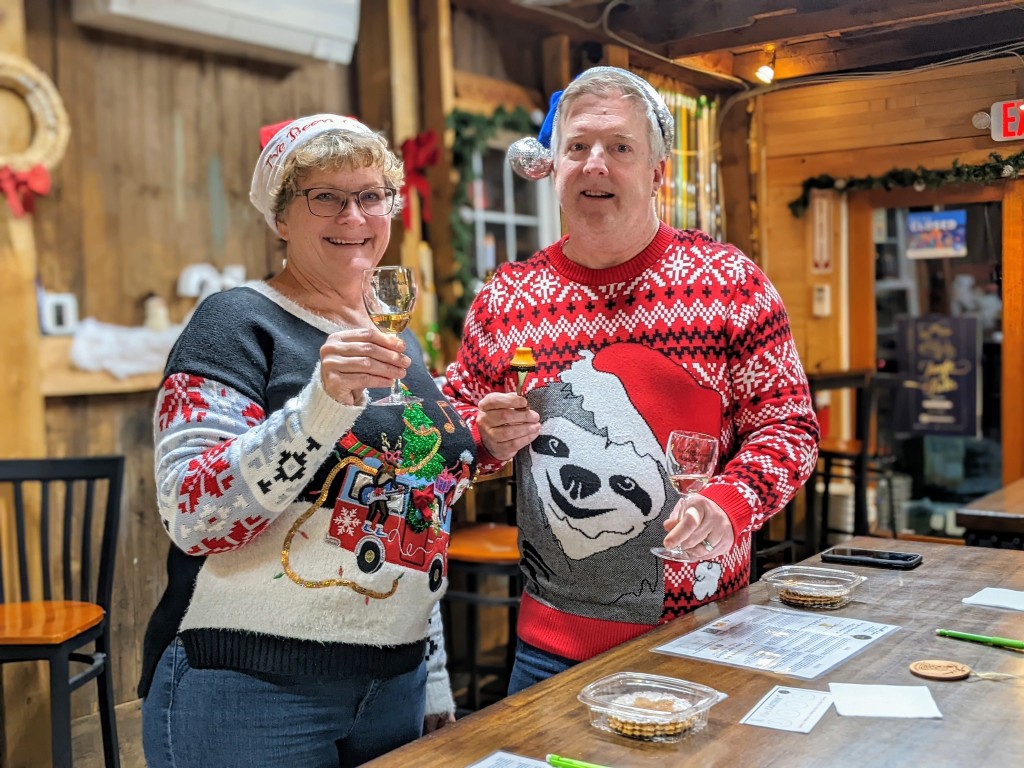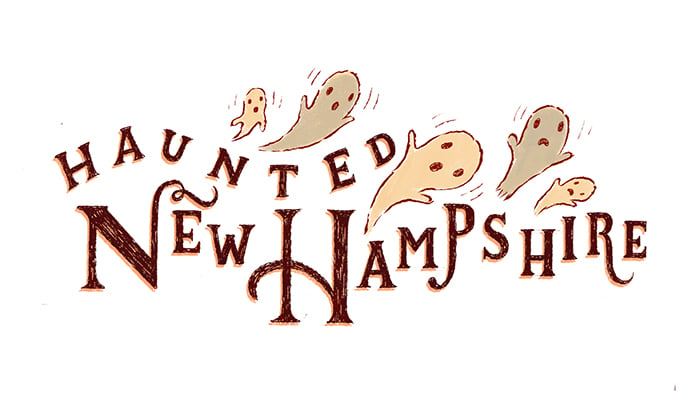O Christmas Tree!
Make this Christmas the best yet with these tree-buying and tree-longevity tips
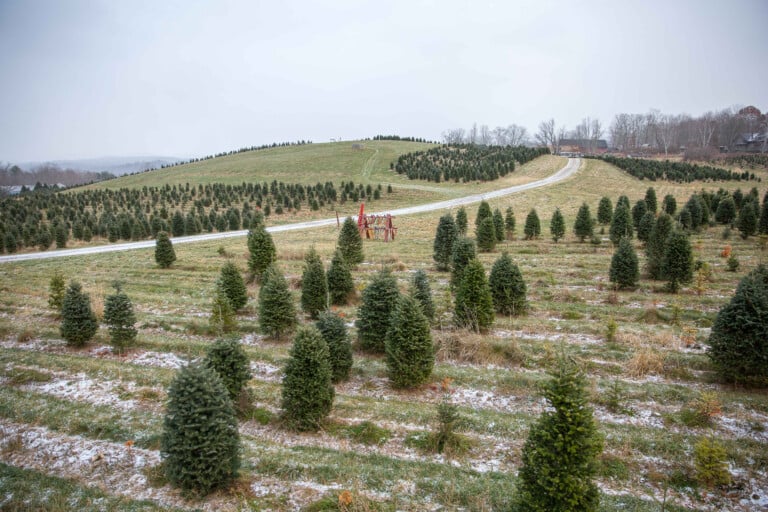
Choosing a Christmas tree to grace your home every year is a treasured tradition. But whether you’re a seasoned tree shopper or this is your first year making memories at a tree farm, one question always arises: How do I pick the right tree?
To make sure that this year’s Christmas tree hunt is as worry-free as possible, we spoke with Nigel Manley, owner of South Farm Christmas Trees in Bethlehem.
Manley has been growing Christmas trees for 38 years, and is the National Christmas Tree Association director for New Hampshire and Vermont. He’s also on the board for Trees for Troops, a national program that provides trees to military families.
Manley has shared plenty of sage advice and common-sense tips to make sure your tree stays (almost) as fresh as the day it was cut, plus what to do when the holidays are over.
When is the right time?
Wait as long as possible — there will be plenty of trees for everyone. Manley suggests cutting your Christmas tree after three hard frosts have occurred.
“Once you’ve had three hard frosts, that’s what really makes it so the needles stay attached to the trees after they’re cut.”
The tree farm’s location will dictate when to cut.
“The farther north you go, the earlier the frosts are, so the earlier you can cut a tree,” Manley says.
Choose your adventure
Does the nostalgia factor reign supreme in your family, or do you make it an adventure every year? Both are terrific options.
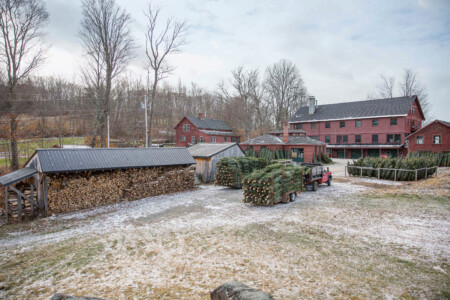
There are plenty of Christmas trees to go around this year, says Nigel Manley, the New Hampshire and Vermont director for the National Christmas Tree Association. Photos by Visit New Hampshire
Some farms welcome visitors with a blazing bonfire so you can warm up your hands while choosing your evergreen; others offer hot mulled cider or hot chocolate, and still others sell swags and ornaments in a nearby barn. Some even offer horse-drawn carriage rides through the snow. What do you want to do?
“New farms are opening up all the time. There are so many different things offered — you can really shop around,” Manley says.
Pre-cut or fresh?
Either one. “All trees are farm-grown, and I know many farms that will sell wholesale trees to other people that retail — as long as you’re buying a farm-grown fresh tree.”
What type of tree is best?
Whether standard balsam fir, Fraser fir, pine or something else, each type has its own unique qualities, and all are great choices.
“The traditional up here is balsam fir.
Canaan fir is a type of balsam, so you get the balsam smell, and good needle retention.”
Fraser fir has more of a blueish color and harder needles, with an unusual scent, while Korean fir has a citrus scent and strong branches. Korean fir also has a beautiful, silver color on the underside of the needles.
“We grow one that is a Korean fir crossed with a balsam — you get this beautiful foliage. People are loving that tree,” Manley says.
Some dead needles are normal
If you find an evergreen with a pleasing shape but it has some brown needles, that’s not a bad thing. In fact, it’s perfectly normal, Manley says.
“Evergreen trees have dead needles on them anyway, fresh in the field, no matter what,” Manley says.
The test: Pull off a needle and then bend it — if it’s still “kind of rubbery” then the tree has been given enough water.
The journey home
This one is easy to remember: Have the tree facing forward on your car, with the trunk at the back. This way, the needles have some protection against the direction of the wind. Manley says some people, once the tree is baled, will wrap it in a blanket and put it in the car for the ride home, but that’s not necessary.
Don’t worry about driving long distances with a tree strapped to the roof of your car, says Manley, who gets customers from all over New England, so go for that day trip.
Your tree is home, safe and sound. Now what?
If you’re not putting your tree up right away, leave it in a shed or a cold garage until you’re ready. “As long as it’s not in full sun, it’ll be fine,” he says.
Tree trunk talk
Just before it’s ready to go inside, Manley advises recutting the trunk, which natu-
rally heals over within about eight hours
of being cut.
“It’s always better to put a fresh cut on that stump and put it in water,” he says.
Your Christmas tree should sit a little bit above the base of your stand so it can take in water. If the trunk is out of water for six to eight hours, it will “heal over,” form a natural barrier, and not let any water in. Manley says if this happens, but you don’t want to remove the lights and ornaments, just reach in with a pocket knife and scrape the bottom of the stump.
Where is best for your tree?
Next to the fireplace is a classic location, but placing your tree near a heat source
will prematurely dry it out. Air flow and drafts are enemies of a cut Christmas tree, Manley says.

Christmas tree farms around the state will have a wide variety of trees and activities for the entire family. Photos by Visit New Hampshire
Your tree is probably thirsty
Keeping the stand reservoir full of water is vital to extending the life of your Christmas tree. Don’t forget to check for water daily throughout the holiday season, not just the first week or so.
“Keep the water level up as much as you can,” he says.
The season’s over, but your tree still has some life in it
Whether you remove your tree the day after Christmas or in late January, there are many ways to get rid of your well-loved tree.
Check your town for services
Most towns have tree collection on limited days; just make sure all your ornaments, lights and tinsel are gone. Your recycling center may just cut up the tree to give it another life as mulch. You can also reach out to a volunteer organization that can pick up your tree, such as the Boys and Girl Scouts.
Critter hangouts and bonfires
If your town doesn’t offer services, fret not. It’s perfectly fine to place it in the woods, where it will become a habitat for rodents and snowshoe hares. Putting your former tree in a lake will make a great fish habitat, too — just make sure that all the ornaments and lights have been removed.
Some organizations are using trees for sand dune reclamation by staking them into the ground.
Placing tree boughs over your bulb garden can protect them until the spring. Cut the trunk for firewood, or just attend a good old-fashioned tree bonfire.
Final tree takeaways
Take your time. This is something you’ll want to admire throughout the season (and beyond, if that’s your tradition), so put in some quality time picking your holiday tree.
“People apologize to me for being here a long time. And I said, ‘You know, it takes me anywhere from five to 10 years to grow a tree. It’s almost better if it takes you an hour to pick it out, rather than two minutes,’ ” Manley says.
———————————————————————-
Evergreen Dreams
You can get a permit for $5 to cut a Christmas tree within designated areas of the White Mountain National Forest. Permits run until Dec. 31; one tree per household. Visit recreation.gov/tree-permits for more on where to find your tree and how to cut it.
The New Hampshire Vermont Christmas Tree Association has a TreeFinder map: Simply plug in the farm type you’re seeking and the finder does the rest. There’s also information on choose and cut; wreaths; mail order and more. nh-vtchristmastree.org/search.php
The New Hampshire Vermont Christmas Tree Association also runs Trees for Troops, a program of the Christmas SPIRIT Foundation, which provides free trees for members of the military and their families. treesfortroops.org
The National Christmas Tree Foundation also has a TreeFinder page along with tree selection, care tips, and recycling info. realchristmastrees.org
The nonprofit Holiday Hope New Hampshire helps those in the Lakes Region get a tree during the holidays, and welcomes donations. holidayhope-nh.org
